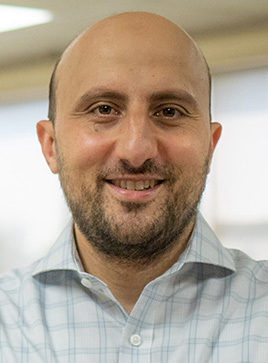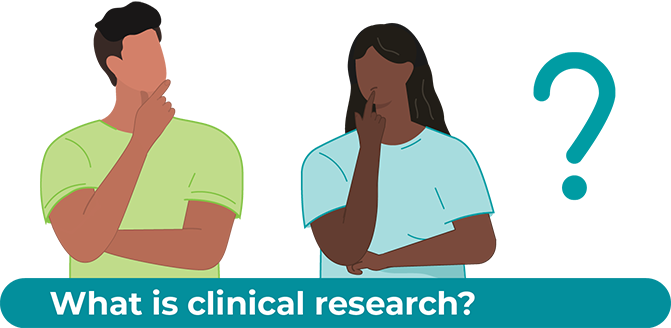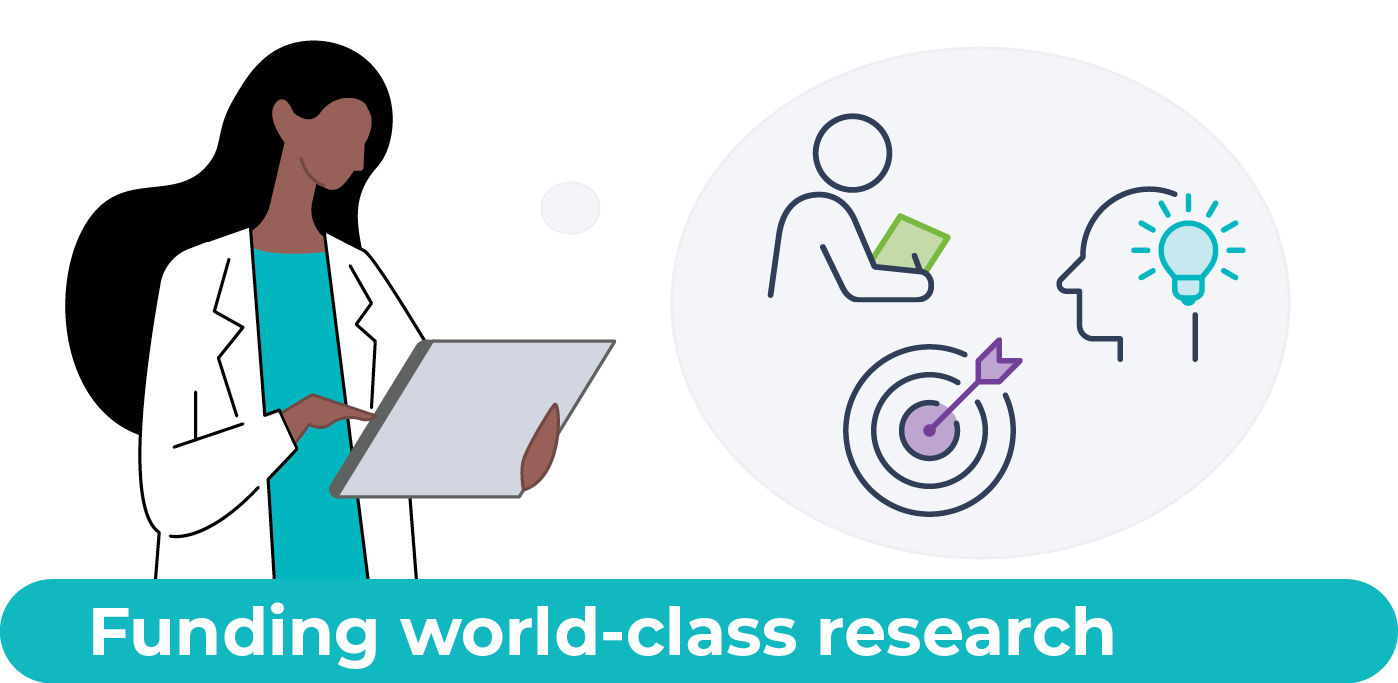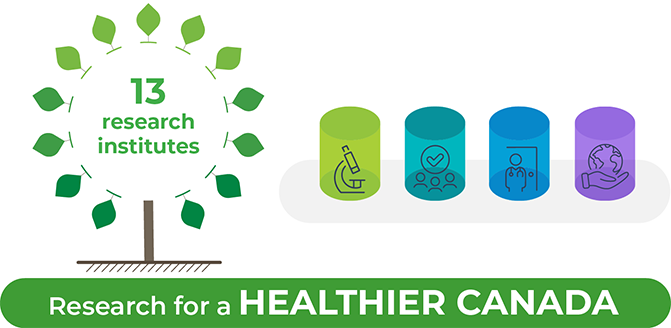Clinical research (Pillar 2)
Clinical research vs. Clinical practice
In health care, the term clinical practice usually refers to the established standard of care. After a diagnosis, for example, a patient may be offered treatment options based on “current clinical practice.”
Clinical research, however, can lead to new or better treatment options. It can also lead to better methods of diagnosis and disease management.
Clinical research is therefore the type of study or investigation that collects the evidence required to improve clinical practice.
Our understanding of health and disease has advanced dramatically over the past century—and the tools we have to diagnose, treat, or even prevent illness have advanced along with it.
In fact, the treatments available for heart disease, stroke, many types of cancer, arthritis and other chronic diseases are much better now than they were even 10 or 20 years ago. New diagnostic tools are also making the most of cutting-edge technology—so we can identify injury and disease with more precision—and medical devices are helping to improve quality of life for people across the country every day.
Clinical research is at the core of these advancements.
Many people argue that the medicines, medical devices, surgery techniques and rehabilitation therapies that we use today simply wouldn’t be possible without the decades of clinical research that came first. But this research must continue in the decades to come if we want to pursue better:
- cancer treatments, especially for pediatric cancers and high-fatality cancers
- genetic disease diagnosis and therapies
- health outcomes for pre-term babies
- chronic pain management
- interventions to address dementia
- and so much more!
What does clinical research do?
Clinical research addresses a wide range of challenges related to improving the prevention, diagnosis, and treatment of disease and illness, such as:
- What factors can lead to increased risk for certain diseases—even in childhood?
- How can we ensure that organ transplants last as long as possible and that transplant recipients stay as healthy as possible?
- Could video games and online puzzles improve rehabilitation programs?
- What if patients helped design mental health supports? Could it enrich standards of care?
- Do medications or drug interactions have different effects in men, women, and gender diverse people?
- Would something new (such as a medication, surgery technique, therapy, medical device, procedure, or post-care program) work better than what is currently available for patients?
To find answers to these questions, there are two main types of clinical research: observational studies and clinical trials.
In observational studies, researchers gather information about habits and health behaviours using tools such as questionnaires. They may also run tests (such as fitness or memory tests), collect biological samples (such as blood, urine, and stool), monitor bodily changes (such as weight, bone density, or cholesterol levels), and examine specific body parts or functions (using techniques such as brain scans or heart ultrasounds). In these studies, the researchers do not intervene or test any new treatments, but they do collect lots of data over time to help us better understand the factors that can protect health or contribute to disease risk.
The term “clinical trial” often brings medication or vaccine development to mind, but this type of study can test any number of new treatments or interventions (such as medical devices or even lifestyle changes). In a clinical trial, researchers might compare a new drug to a placebo, or to a drug already used to treat a condition (a comparator) if one exists. These studies are designed to determine whether the intervention is safe and more effective than not receiving the intervention—and, in some cases, whether the intervention is actually better than current treatments or practice.
The types of clinical trials that most of us picture—to test new medications, vaccines or treatments—build on a strong foundation of biomedical research. But the concept of “testing an intervention” can also lead to better health services or improve the health of entire communities.
One thing that observational studies and clinical trials have in common is that they rely on participants willing to play a role in the research. For each study, researchers establish recruitment criteria, including factors such as a specific age range, types of conditions, and current medications. Volunteers that are a good fit for these criteria will be given lots of information about the research project and what to expect throughout the process. And when this work is funded by one of the federal agencies (including CIHR), the study must also meet high ethical standards for research involving humans.
Show me the research!
Browse the stories below to learn more about real-life clinical research taking place across the country.

Dr. Elaine Biddiss
Holland Bloorview Kids Rehabilitation Hospital

Dr. Erin Michalak
University of British Columbia

Dr. Julie Ho
University of Manitoba
How a simple urine test could save the lives of kidney transplant patients

Dr. Mohammad Auais
Queen's University

Dr. Nancy Salbach
University of Toronto
A positive step forward: Helping older adults stay active and healthy by walking outdoors

Dr. Scott Garrison
University of Alberta
Better at bedtime? Why a Canadian study is testing a novel approach to blood pressure medication
Features
- Date modified:



